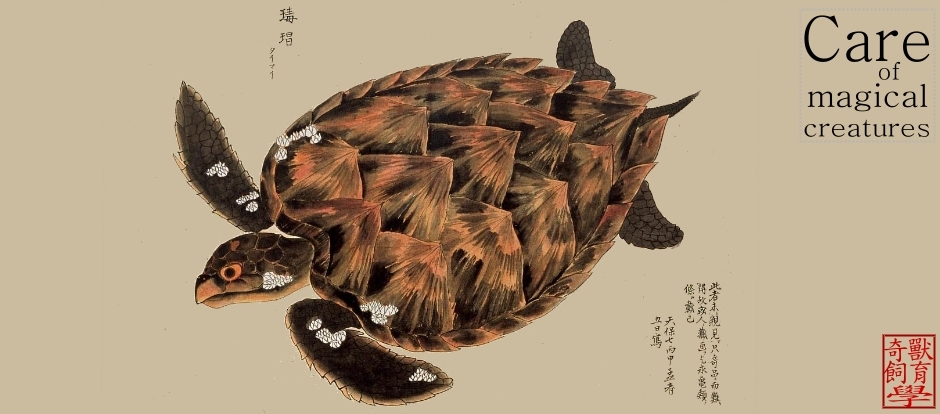 文獻來源: Thomas GH, Meiri S, Phillimore AB. 2009. Body size diversification in Anolis: novel environment and island effects. Evolution 63(8): 2017-2030.
文獻來源: Thomas GH, Meiri S, Phillimore AB. 2009. Body size diversification in Anolis: novel environment and island effects. Evolution 63(8): 2017-2030.Abstract
Extreme morphologies of many insular taxa suggest that islands have unusual properties that influence the tempo and mode of evolution. Yet whether insularity per se promotes rapid phenotypic evolution remains largely untested. We extend a phylogenetic comparative approach to test the influence of novel environments versus insularity on rates of body size and sexual size dimorphism diversification in Anolis. Rates of body size diversification among small-island and mainland species were similar to those of anole species on the Greater Antilles. However, the Greater Antilles taxa that colonized small islands and the mainland are ecologically nonrandom: rates of body size diversification among small-island and mainland species are high compared to their large-island sister taxa. Furthermore, rates of diversification in sexual size dimorphism on small islands are high compared to all large-island and mainland lineages. We suggest that elevated diversifying selection, particularly as a result of ecological release, may drive high rates of body size diversification in both small-island and mainland novel environments. In contrast, high abundance (prevalent among small-island lizard communities) mediating intraspecific resource competition and male–male competition may explain why sexual size dimorphism diversifies faster among small-island lineages than among their mainland and large-island relatives.
圖片連結: Todd Jackman & Jonathan Losos
